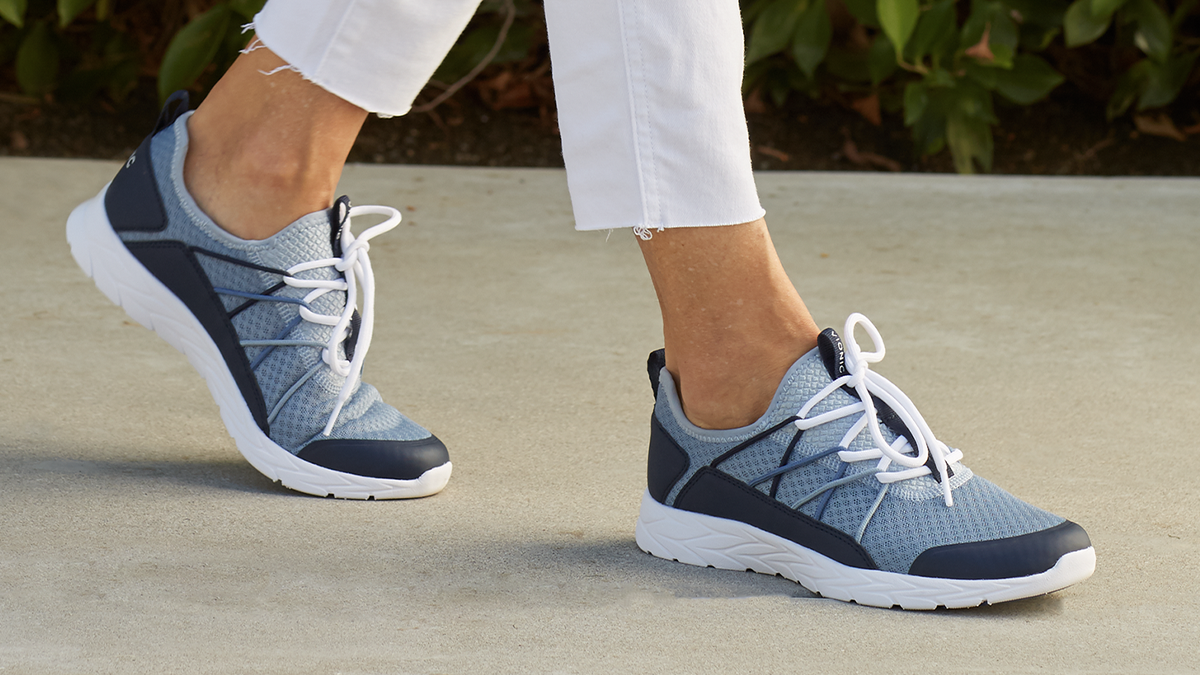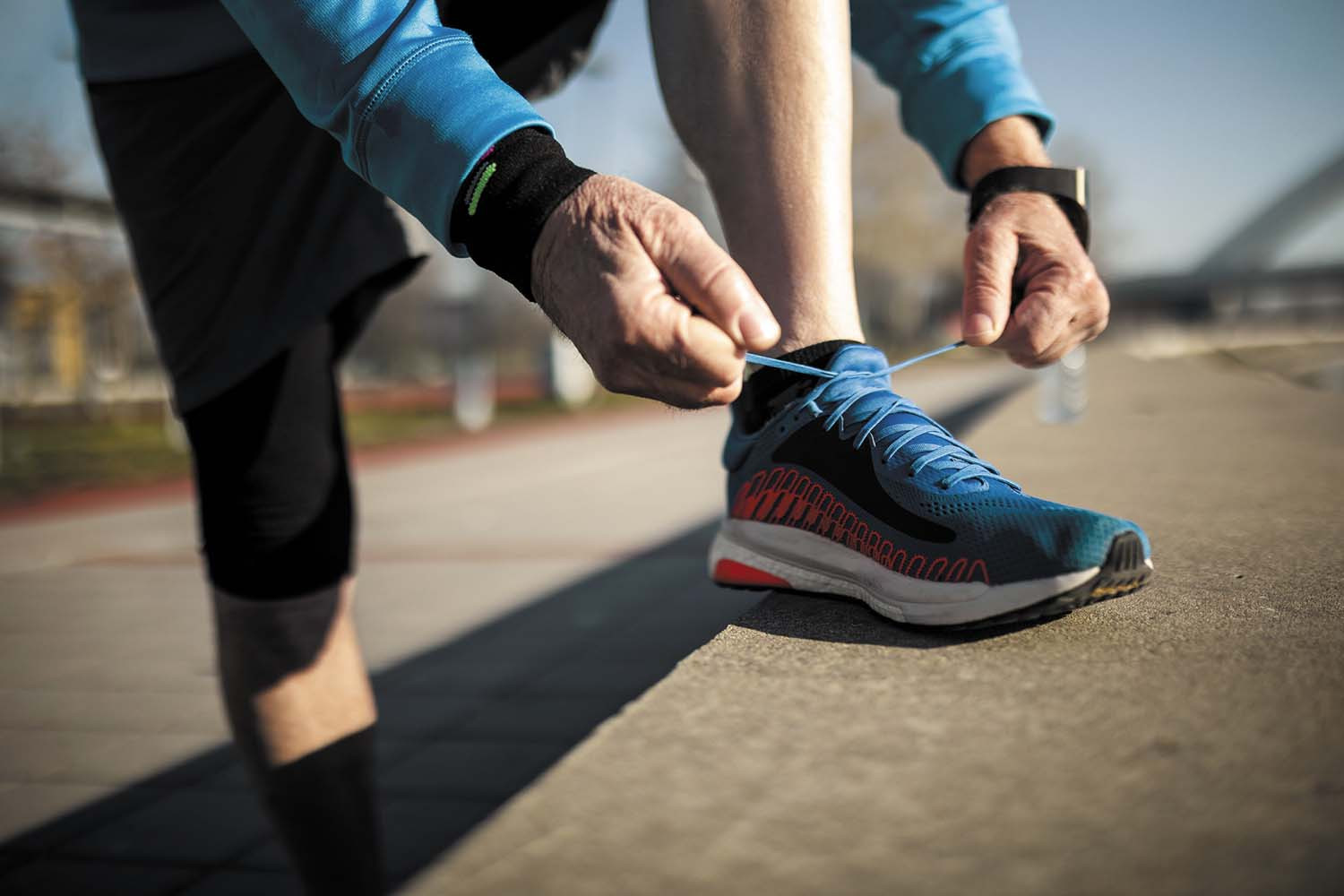Discover The Perfect Running And Walking Shoes For Ultimate Comfort And Style
Finding the right footwear isn’t just about fashion—it’s about creating a foundation for your body’s movement. The perfect pair of running/walking shoes can transform your daily routine from a chore into a pleasure, blending scientific engineering with aesthetic appeal. Whether you’re training for a marathon or simply enjoying an evening stroll, the shoes you choose directly impact your comfort, performance, and long-term joint health.
The Science Behind Proper Footwear
When we consider the biomechanics of walking and running, we’re looking at forces equivalent to 2-3 times your body weight impacting your joints with every step. According to Harvard Medical School research, proper footwear can reduce this impact by up to 30%, significantly decreasing wear on knee and hip joints. The American Podiatric Medical Association emphasizes that shoes specifically designed for athletic activities provide crucial support that everyday casual footwear cannot match. The difference between standard shoes and specialized running/walking shoes lies in their engineered response to gait cycles—the sequence of movements from heel strike to toe push-off. Running typically involves more midfoot or forefoot striking with greater shock absorption needs, while walking emphasizes heel-to-toe motion with different stability requirements. Understanding these distinctions helps explain why wearing running shoes for walking (or vice versa) might lead to discomfort or even injury over time.

Anatomy of High-Performance Footwear
Modern athletic shoes represent marvels of engineering, with each component serving a specific physiological purpose. The midsole—typically made of EVA (ethylene-vinyl acetate) or polyurethane—provides the primary cushioning system. Research from the University of Calgary’s Human Performance Laboratory shows that advanced midsole materials can return up to 80% of the energy generated during foot strike, creating a spring-like effect that enhances efficiency. The outsole’s rubber compounds and tread patterns determine traction and durability, while the upper’s breathable mesh materials ensure proper ventilation and foot containment. Perhaps most importantly, the heel counter—the firm cup surrounding your heel—stabilizes the foot during impact, preventing excessive movement that could lead to ankle sprains or plantar fasciitis. When selecting running/walking shoes, understanding these components helps you identify quality construction that will withstand hundreds of miles of use while protecting your body from impact-related stress.
Finding Your Perfect Fit: Beyond Shoe Size
Shoe shopping requires more consideration than simply knowing your numerical size. The perfect fit accommodates your foot’s length, width, volume, and arch type while allowing for natural foot expansion during activity. Professional fitting experts recommend shopping later in the day when feet are naturally slightly swollen, wearing the same socks you typically use for exercise, and ensuring about a thumbnail’s space between your longest toe and the shoe’s end. Your arch type—whether high, neutral, or low—determines whether you need stability, neutral, or motion control shoes. As renowned running coach and author Jack Daniels Ph.D. states in his book “Daniels’ Running Formula”: “The right shoe should feel comfortable immediately, without requiring a break-in period. Discomfort in the store will only magnify on the road.” This immediate comfort principle applies equally to walking shoes, where proper fit prevents blisters, black toenails, and other common footwear-related issues.

Technology Innovations in Modern Footwear
The athletic footwear industry has evolved dramatically from simple rubber-soled canvas shoes to technologically advanced systems incorporating space-age materials and digital integration. Carbon fiber plates, once reserved for elite marathoners, now appear in consumer models, providing energy return that studies from the University of Colorado Boulder show can improve running economy by 4%. Adaptive cushioning systems using smart materials that stiffen or soften based on impact force are becoming increasingly common. Meanwhile, 3D printing enables customized midsole densities that match individual pressure patterns. Even everyday running/walking shoes now feature moisture-wicking liners, antibacterial treatments, and reflective elements for safety. The integration of wearable technology directly into footwear represents the next frontier, with sensors tracking metrics from cadence to ground contact time. As Olympic gold medalist and Nike innovation consultant Michael Johnson noted in a recent Twitter thread: “The technology in today’s performance footwear would have seemed like science fiction when I was competing. We’re not just making shoes better—we’re redefining human potential.”
Matching Shoes to Your Activities
Understanding the specific demands of your preferred activities ensures you select footwear that enhances rather than hinders your movement. Running shoes typically feature more cushioning in the forefoot, where runners experience greatest impact, while walking shoes prioritize flexibility through the ball of the foot to facilitate the heel-to-toe rolling motion. Trail versions of both categories add aggressive outsoles for uneven terrain and protective elements like rock plates. The American Council on Exercise recommends different footwear for various workout types, noting that cross-training shoes work well for gym activities but lack the specialized features for dedicated running or walking. If you engage in multiple activities, consider having different pairs of running/walking shoes for each—an investment that pays dividends in comfort and injury prevention. Remember that even the best shoes have a limited lifespan—typically 300-500 miles for running shoes and 6 months of regular use for walking shoes—after which their cushioning and support degrade significantly despite outward appearances.

Style Meets Function: The Aesthetics of Performance
Today’s performance footwear successfully bridges the gap between technical capability and fashion-forward design. The once-standard white bulky athletic shoe has been replaced by sleek profiles in sophisticated colorways that transition seamlessly from workout to casual wear. Leading brands employ color psychologists to select palettes that evoke energy, calm, or confidence depending on the shoe’s intended use. Fashion designer and athletic collaborator Stella McCartney explained in a Vogue interview: “Performance wear no longer means sacrificing style. We’re creating pieces—including footwear—that perform technically while expressing personal aesthetics.” This design evolution means your running/walking shoes can complement your wardrobe while providing the technical features your feet require. From minimalist designs to bold statement pieces, the current market offers options for every taste without compromising on the engineering essentials that protect your body during activity.
Investment in Health: The Long-Term Value
Quality athletic footwear represents one of the most cost-effective health investments available. While premium running/walking shoes might carry higher initial price tags—typically between $120-$180 for technical models—they prevent far more expensive podiatrist visits, physical therapy sessions, and potential surgical interventions down the line. Consider that plantar fasciitis treatment can cost over $2,000, while a single pair of properly fitted shoes might prevent this condition entirely. Many specialty running stores offer gait analysis to match you with ideal footwear, and manufacturers frequently provide substantial discounts on previous models when new versions release. The small additional investment in quality insoles can further customize fit and support, extending the life of your shoes while enhancing comfort. Viewing footwear through this health economics lens transforms the purchasing decision from a fashion choice to a proactive wellness strategy with demonstrable return on investment.

The journey to finding your ideal footwear combines scientific understanding with personal preference. By prioritizing both technical specifications and aesthetic appeal, you can select shoes that support your active lifestyle while expressing your individual style. Remember that the right pair should feel like an extension of your body—providing protection without limiting your natural movement patterns.
